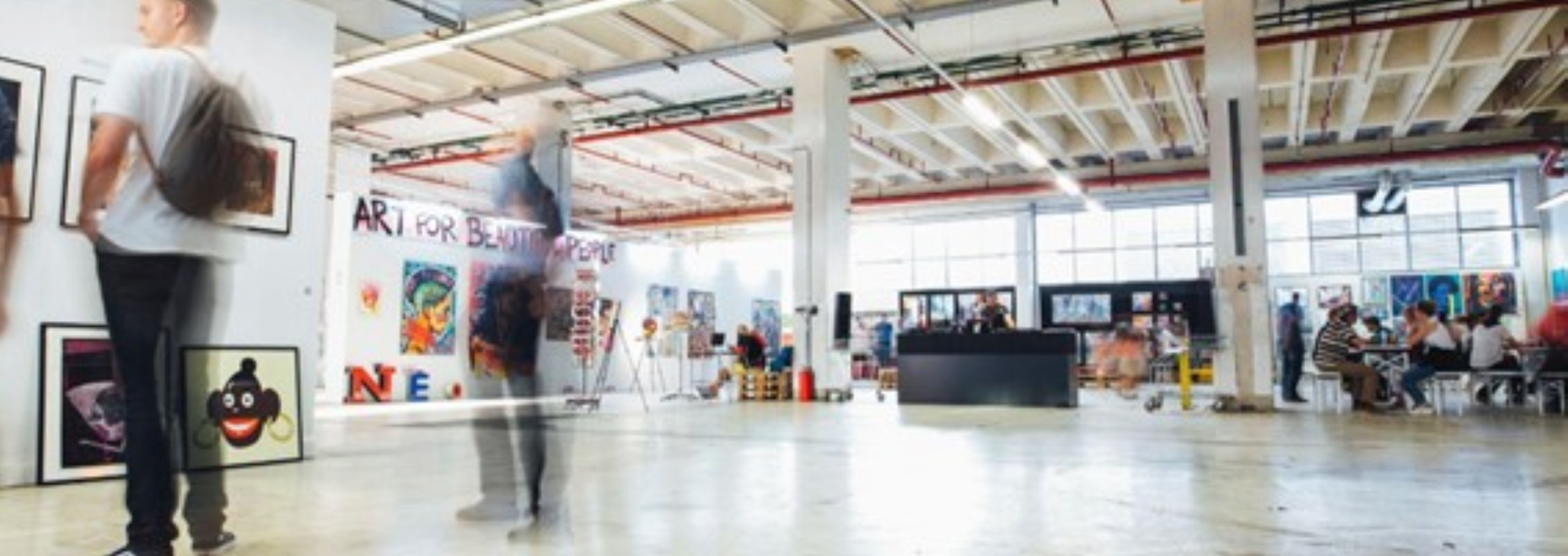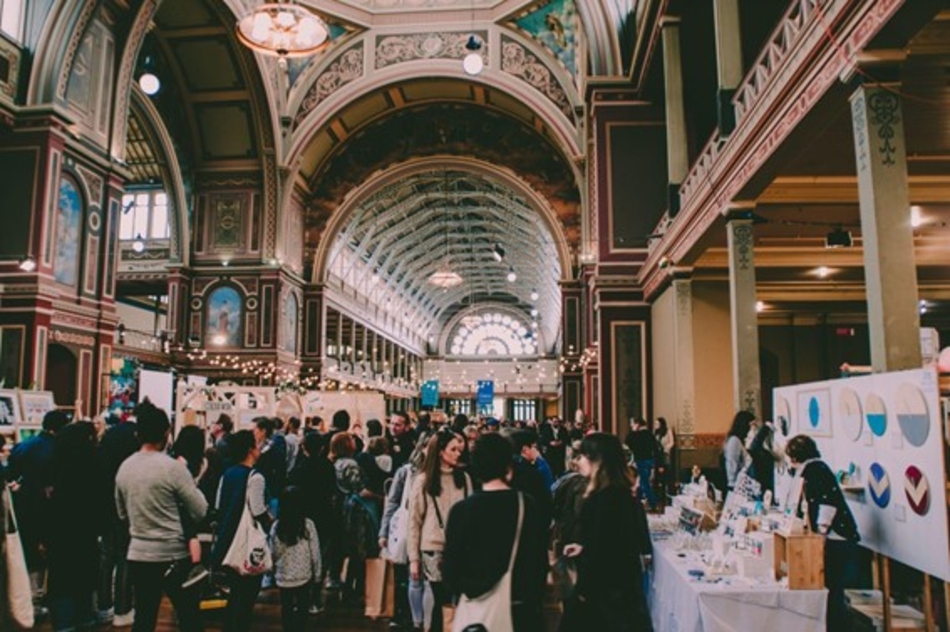
What the future holds for contemporary art fairs
This article aims to familiarize you with the basic nature of a contemporary art fair. We hope to make you understand the role it plays in a global art market, the interaction between its agents, and the way they function in order to reach their goals.
What is the purpose of art fair?
Fairs have been an integral part of the art world and the globalizing engine currently represents 45% of its market. They show a glimpse of what the galleries can offer to position those artists they bet on in the market, dividing profits 50% or between 30-70%. The most common thing in this type of fair is the presence of emerging artists from across the world, but also a good representation of highly renowned artists from the past two centuries. These events are typically spread over 5 days, but most of the sales happen on day one. This process is fast and dynamic, but visitors can always reserve a piece if they need more time to make a decision. Although it is fairly obvious, another advantage of such fairs is their international nature. Collectors can save lots of money while purchasing magnificent artwork. By concentrating galleries from all continents in one city, shipping costs are reduced considerably.

What is the difference between art fair and art exhibition?
For the galleries, the fairs are key selling locations. The productivity here is much higher than what they may achieve by exhibiting artworks on their premises. Fairs are noteworthy events for collectors also. In addition to expanding their collection, they also get a chance to put into practice one of their most fundamental activities as art dealers: networking. This gallery owner-buyer-artist exchange plays a crucial role during the days of the fair, creating a truly unique opportunity. It is crucial that dealers attend such events with an open mind to embrace and receive all that is offered to them. A positive predisposition towards meeting new creativities, ideas, perspectives, and contacts goes a long way. For both the gallery and the buyer, a healthy dialogue is essential to ensure efficiency.

Around the big fairs, the so-called "satellites" are also organized. These are like miniature versions of the fair conducted all over the city to take advantage of the visit of international collectors. The calendar and map of all the annual fairs are becoming increasingly and absolutely unfathomable. A dealer must research well and decide in advance what fairs they wish to visit. The network of world fairs branches out more each year. This happens because these art events have proved to be a sure-shot economic and cultural boost for those cities that host them, gradually seeking to become art centers.
With the advent of the online world that we are continuously immersing ourselves in, incessant traffic of online information is available at our disposal. Art can be purchased directly from virtual platforms that are being actively promoted by both galleries and fairs. We cannot wait to see what changes these innovations and the metaverse brings about to the art world. The future has never looked more exciting and promising!

Photo credits: Unsplash
Credits for the main photo: © Markus Spiske
